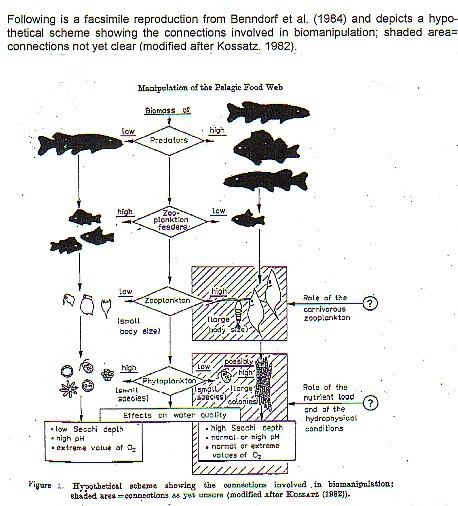
The idea to apply the food chains to ecology and to analyze its consequences was first proposed by Charles Elton (Krebs 2009). For example, the predators of a scorpion in a desert ecosystem might be a golden eagle, an owl, a roadrunner, or a fox. While the food web showed here is a simple one, most feed webs are complex and involve many species with both strong and weak interactions among them (Pimm et al. In this food web, grasshoppers feed on plants scorpions prey on grasshoppers kit foxes prey on scorpions. Figure 1 shows a simplified food web in a desert ecosystem. In a detrital food chain, dead organic matter of plants and animals is broken down by decomposers, e.g., bacteria and fungi, and moves to detritivores and then carnivores.įood web offers an important tool for investigating the ecological interactions that define energy flows and predator-prey relationship (Cain et al. In a grazing food chain, energy and nutrients move from plants to the herbivores consuming them, and to the carnivores or omnivores preying upon the herbivores. There are two types of food chains: the grazing food chain, beginning with autotrophs, and the detrital food chain, beginning with dead organic matter (Smith & Smith 2009).
Bottom up control series#
Each food chain is a descriptive diagram including a series of arrows, each pointing from one species to another, representing the flow of food energy from one feeding group of organisms to another. Normally, food webs consist of a number of food chains meshed together.

It also implies the transfer of food energy from its source in plants through herbivores to carnivores (Krebs 2009). Basically, food web represents feeding relationships within a community (Smith and Smith 2009).


Food web is an important ecological concept.


 0 kommentar(er)
0 kommentar(er)
